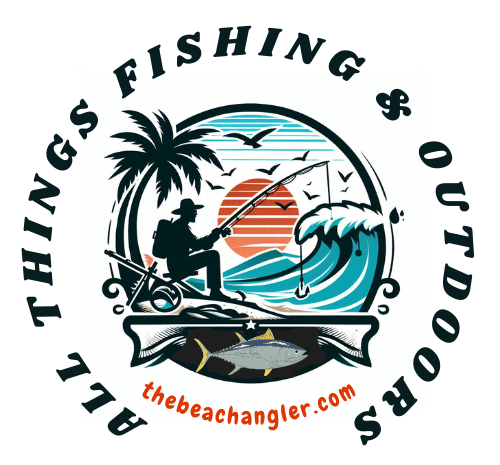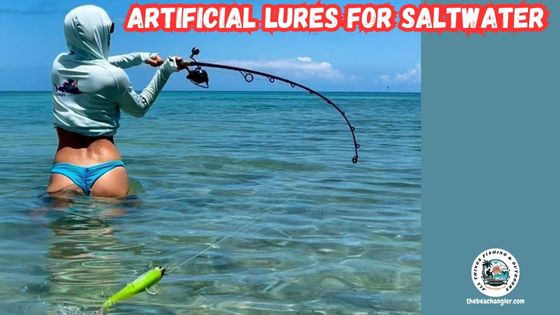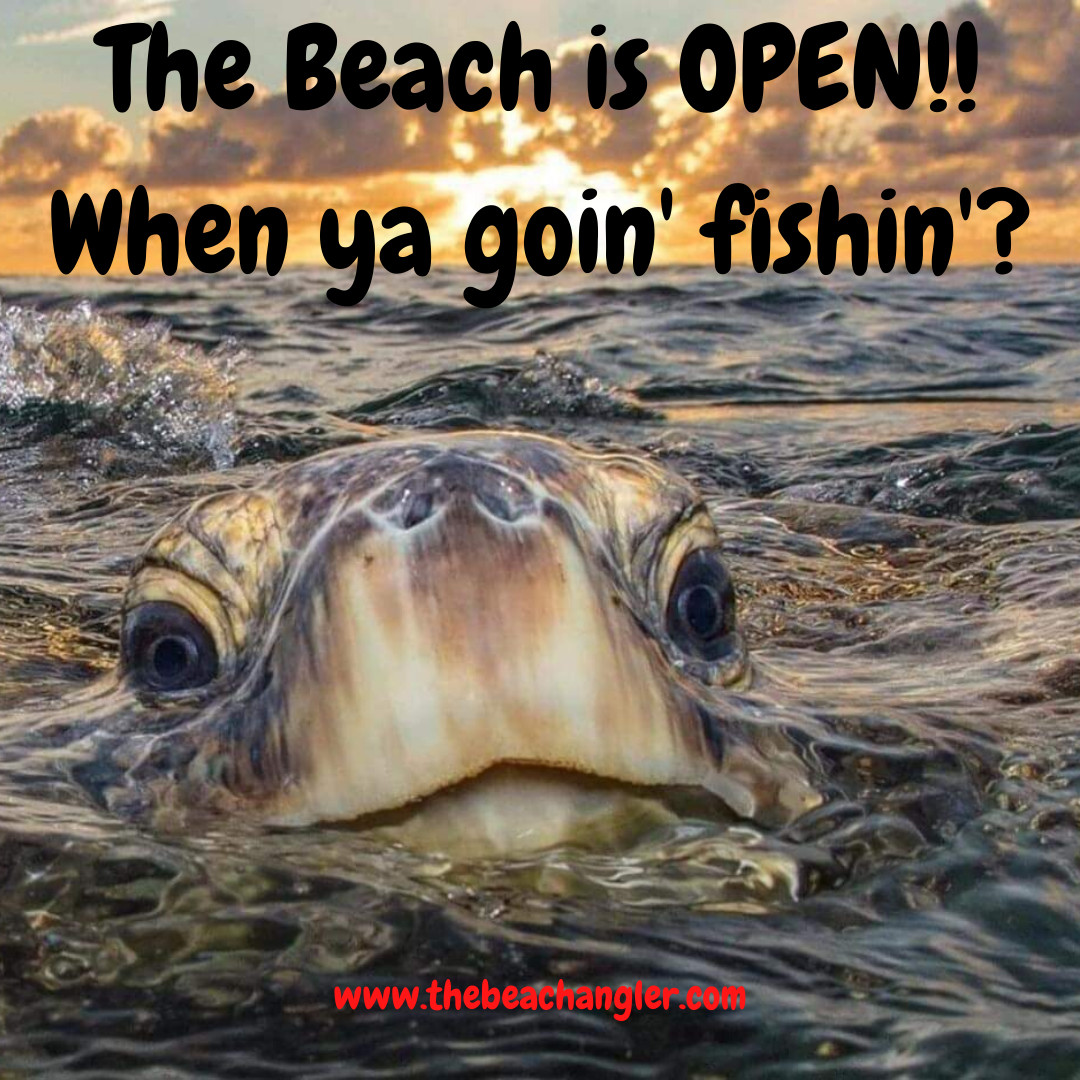Artificial lures have become a staple in the world of saltwater fishing, offering enthusiasts a modern approach to catching a diverse array of fish species. These lures, often crafted from materials like plastic, metal, or wood, are designed to mimic the movement and appearance of natural prey, providing an effective alternative to traditional live bait.
QUICK LOOK: Pros and Cons of Using Artificial Lures for Saltwater Fishing
| Pros of Using Lures in Saltwater Fishing |
|---|
| One of the standout advantages is the ability to cast further and with greater precision. |
| With a vast range of types and styles available, it’s easy to adapt to various fishing conditions or target different species. |
| The need to actively work with the lure, be it through retrieving or jigging, can trigger aggressive strikes from fish, adding a dynamic element to the experience. |
| Catch and release fishing becomes more seamless with artificial lures. They’re generally easier to remove, reducing the potential harm to the fish and supporting conservation efforts effortlessly. |
| Finally, durability is a significant advantage. High-quality artificial lures can withstand harsh environmental conditions and repeated use, saving you the hassle and expense of constantly replacing them. |
| Cons of Using Lures in Saltwater Fishing |
|---|
| Proper presentation and retrieval techniques take time to master, making them potentially daunting for beginners. |
| Another downside is that even the best-designed lures might not flawlessly imitate natural prey. Fish can be incredibly discerning, when they spot something off, they might lose interest. |
| There’s also the potential for unintended bycatch. Lures designed to attract your target fish might also catch the eye of other species. |
| In low visibility conditions, artificial lures can struggle to live up to their full potential. When the water’s murky, relying purely on visual cues isn’t always the best approach. |
| And let’s not ignore the cost factor. High-quality lures can be pricey, which adds up if you’re trying to maintain a varied selection. |
Throughout history, the use of artificial lures has steadily gained traction, thanks in part to advancements in technology that have improved their design and effectiveness. Anglers now have access to a wide range of options, each catering to different fishing environments and target species.
Choosing between artificial lures and live bait boils down to the differences they offer in terms of presentation, strategy, and overall fishing experience. Lures allow for a more dynamic and interactive fishing style, requiring anglers to actively engage with each retrieval, adding a level of excitement and involvement that some find more rewarding.
Understanding these fundamentals can help both novice and experienced anglers make informed choices about when and how to incorporate artificial lures into their fishing techniques. Armed with the right knowledge, you can enhance your saltwater fishing adventures while optimizing your chances of a successful catch.
The Bright Side: Advantages of Using Artificial Lures
Artificial lures offer several compelling benefits to those keen on saltwater fishing, setting them apart as a choice worth considering for many anglers.
- One of the standout advantages is the ability to cast further and with greater precision. This is thanks to their design, which often incorporates weight that aids in reaching deeper waters or targeting specific spots, providing a strategic edge that’s hard to match with live bait.
- Moreover, the versatility of artificial lures cannot be overstated. With a vast range of types and styles available, it’s easy to adapt to various fishing conditions or target different species. Whether you’re dealing with a clear, sunny day or overcast skies, there’s a lure designed to suit almost every scenario.
- Engaging with lures can also inject a level of excitement into your fishing ventures. The need to actively work with the lure, be it through retrieving or jigging, can trigger aggressive strikes from fish, adding a dynamic element to the experience. It offers a hands-on encounter with the ocean, making the process not just about the catch, but the journey.
- Catch and release fishing becomes more seamless with artificial lures. They’re generally easier to remove, reducing the potential harm to the fish and supporting conservation efforts effortlessly. For those passionate about sustainability, this feature aligns well with responsible fishing practices.
- Finally, durability is a significant advantage. High-quality artificial lures can withstand harsh environmental conditions and repeated use, saving you the hassle and expense of constantly replacing them. Their longevity, especially when properly cared for, makes them a sound investment for regular anglers.
These advantages highlight why artificial lures have become a favorite for many, offering flexibility, excitement, and efficiency in every saltwater fishing adventure.
While artificial lures have their charm, they aren’t without some challenges that are worth considering before you head out.
- One of the main hurdles is the skill required to use these lures effectively. Proper presentation and retrieval techniques take time to master, making them potentially daunting for beginners. It’s not just about casting out and reeling in; there’s a finesse that comes with practice.
- Another downside is that even the best-designed lures might not flawlessly imitate natural prey. Fish can be incredibly discerning, especially in clear water. When they spot something off, they might lose interest. This can be frustrating, particularly when faced with fish that are picky eaters.
- There’s also the potential for unintended bycatch. Lures designed to attract your target fish might also catch the eye of other species. It’s not just about the species you’re after; sometimes, it’s about the ones you never meant to catch.
- In low visibility conditions, artificial lures can struggle to live up to their full potential. When the water’s murky, relying purely on visual cues isn’t always the best approach. Lures may not have the same scent and movement dynamics as live bait, making them less enticing.
- And let’s not ignore the cost factor. High-quality lures can be pricey, which adds up if you’re trying to maintain a varied selection. Investing in a range of lures for different conditions can strain the budget, especially if you’re losing a few along the way.
Balancing these cons with the pros is crucial to deciding whether artificial lures are right for your saltwater fishing adventures. Remember, every tool in fishing has its place, and understanding their limitations can be just as important as recognizing their strengths.
Comparative Analysis: Live Bait vs Artificial Lures
Deciding between live bait and artificial lures involves weighing their distinct characteristics and evaluating what aligns with your fishing goals.
- For many anglers, effectiveness in different scenarios becomes a decisive factor. Artificial lures appeal with their versatility, but live bait often excels in conditions where a lifelike presence is crucial.
- Fish preferences can significantly impact your choice as well. Some species react more aggressively to the specific vibrations or movements of artificial lures, while others may be more inclined towards the more authentic scent and texture of live bait. Knowing the typical behavior of your target species can inform whether a lure or live bait is more suitable.
- Another angle to consider is environmental impact. Artificial lures tend to be more sustainable, particularly for catch-and-release fishing, as they typically cause less harm to the fish. However, using live bait naturally contributes to the local ecosystem, providing food for a range of species.
- From a financial perspective, while artificial lures might seem like a larger initial investment, their durability can lead to savings over time. If you lose a lure, it stings the wallet, but at least you’re not constantly buying new bait. Still, live bait tends to be cheaper per acquisition, especially if you catch or gather it yourself.
- Skill development is another significant factor. Working with artificial lures can enhance an angler’s technique, teaching control over casting and retrieval that live bait may not require. This skill growth can be rewarding in itself, offering a deeper connection with the sport.
Ultimately, the choice revolves around your personal fishing style and the specific conditions you’re operating in. Embracing the strengths of each method can lead to more enjoyable and successful fishing trips.
Choosing the Right Lures for Your Saltwater Adventure
Selecting the appropriate artificial lure for your saltwater fishing adventures requires a good understanding of your target fish species.
- Each species has its own unique behaviors and preferences, so choosing a lure that mimics their natural prey can make all the difference in attracting a bite.
- The type of water and environmental conditions also play a crucial role. In clear water, where fish rely heavily on sight, lures with natural colors and realistic movements tend to perform better. Conversely, in murky waters, brighter colors or lures with built-in vibrations can help get the attention of fish who might otherwise miss a subtle presentation.
- Knowing how different fish respond to color and action can give you an edge. Observing local fishing reports or talking to other anglers can help shed light on which lure types have been successful in the area, providing valuable insight for your own selection. A practical approach to lure selection involves maintaining an organized and practical collection that suits various situations.
- Having a few go-to lures for different species and conditions is crucial. Rotating through different options can help you adapt quickly if conditions change during a trip.
- Finally, it’s wise to balance quality with cost-efficiency. While it’s tempting to have a wide array of expensive lures, strategizing your purchases based on the most commonly faced conditions can lead to a more effective and economical tackle box.
Conclusions and Weighing the Pros and Cons for Informed Decisions
Overall, the world of saltwater fishing holds immense opportunities for those willing to experiment with artificial lures. Choosing the right gear can feel like a balancing act between understanding advantages and overcoming challenges. The choice of whether to use artificial lures or stick with live bait involves personal preferences, specific fishing scenarios, and targeted species.
Every angler’s journey is unique, and trying out both approaches could enhance your flexibility and adaptability on the water. Discovering what works best for you takes time, and patience is key. Being adaptable also means keeping an open mind towards new techniques and tools as they’re introduced over time.
Emphasizing responsible and ethical fishing practices throughout your adventures is important. The practices you adopt today in taking care of the environment and the species you target will shape the future of fishing for generations to come. Opting for artificial lures that minimize fish harm aligns with sustainable fishing goals.
Experimentation and refining tactics are part of honing your craft. Facing a few setbacks is normal, but each outing contributes to your skill and understanding. So grab your gear, hit the waters, and let personal joy and success be your guiding stars in each expedition.
Check Out Our Most Recent Articles:
- Using a Personal Watercraft For Saltwater Fishing

- 5 Advantages of the Penn Squall Low Profile Baitcasting Reels
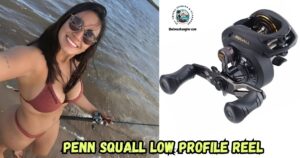
- Electronic Fish Finders For Kayak Fishing

- What’s New From ICAST 2025

- 5 Budget-friendly Saltwater Fishing Kayaks For Beginners

- 12 Tips for Fishing Baffin Bay, Texas

As always, stay safe, enjoy the journey and please try to leave it cleaner than you found it. If you have any comments, questions, ideas, or suggestions please leave them in the comment section below and I’ll get back to you ASAP. You can follow us on Facebook: Rex The Beach Angler, Instagram: thebeachangler7, Twitter: @AnglerBeach, and YouTube: Man Art Creations.
P.S. – Thanks so much for checking out our blog, we really appreciate it. Just so you know, we may receive a commission if you click on some of the links that appear on our site. This helps us keep our content free and up-to-date for everyone. We appreciate your support!
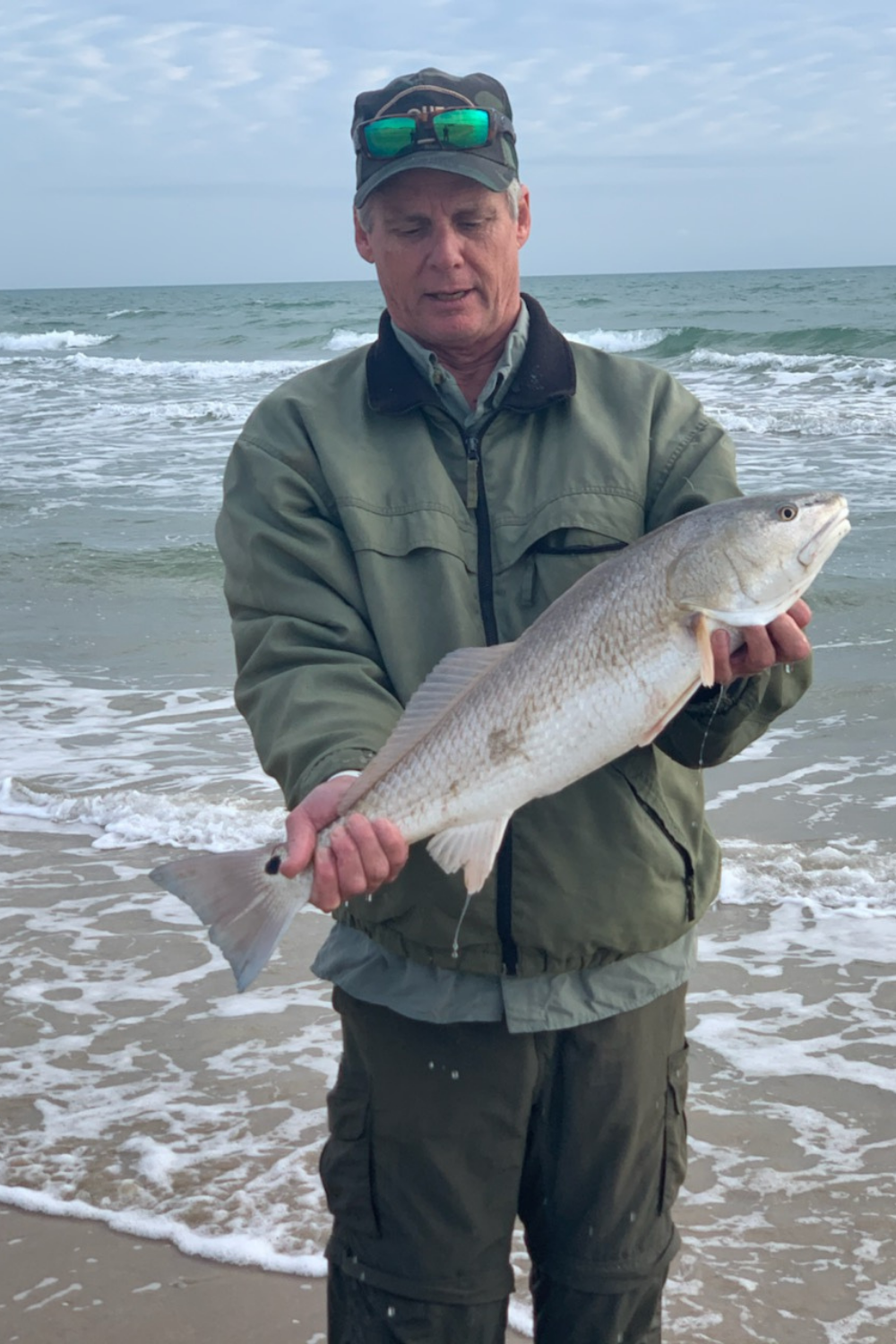
A life long surf fisherman with 50+ years of experience, I am also an avid hunter and outdoorsman. I will be sharing my passion for the outdoors with you so be prepared for hunting, fishing, camping, hiking and more. Along with gear reviews and the latest trends and innovations in the outdoor industry.
